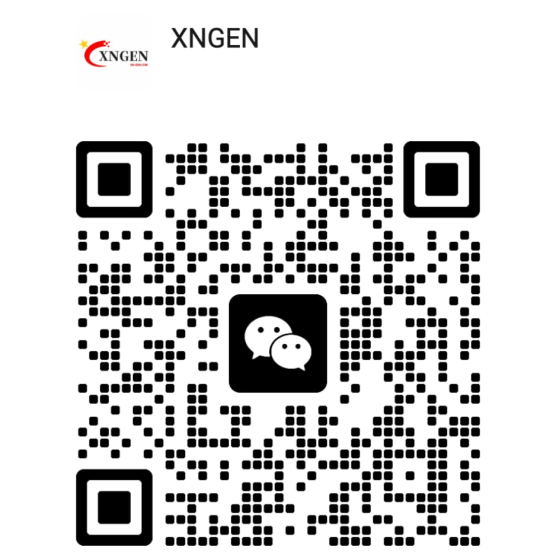1. Overview
Proper cooling system design is essential for diesel kragopwekker rooms to ensure safe operation, maximize equipment efficiency, and extend service life. This technical document provides a comprehensive analysis of various cooling methods and their application criteria.
2. Water-Cooled Systems
2.1 Operating Principle
Utilizes water as cooling medium through heat exchange to maintain optimal room temperature.
2.2 Requirements
- Water Source: Adequate natural supply (well, spring, river, lake)
- Water Quality Standards:
- Non-toxic, odorless, pathogen-free
- Non-corrosive to metals
- Particulate/organic content compliant with GB/T 50109-2006
- Temperature Differential: ≥15°C between room and coolant (minimum 10°C)
2.3 Advantages
- Reduced airflow requirements
- Smaller duct dimensions
- Year-round temperature stability
- High cooling efficiency
2.4 Limitations
- High water consumption (3-5L/kWh typical)
- Dependent on consistent water supply
- Higher capital investment
3. Air-Cooled Systems
3.1 Operating Principle
Forced ventilation using ambient air at least 5°C below target temperature.
3.2 Application Criteria
- Water-scarce locations
- Suitable outdoor temperatures
- Adequate space for ductwork
3.3 Technical Characteristics
Benefits:
- No water infrastructure required
- Simple system architecture
- High air exchange rates (≥20 ACH)
Drawbacks:
- Large duct sizing
- Higher fan power consumption
- Seasonal performance variations
4. Evaporative Cooling Systems
4.1 Operating Principle
Combines air cooling with water evaporation thermodynamics.
4.2 Key Parameters
- Water usage: ≤2.04kg/(h·kW)
- Airflow reduction: >50% vs conventional
- Optimal humidity: <70% RH
4.3 Recommended Applications
- Limited water availability
- Hot/dry climates
- Supplemental cooling enhancement
5. Mechanical Refrigeration
5.1 System Components
Chilled water plants or direct expansion units.
5.2 Implementation Guidelines
- When natural cooling unavailable
- High-precision temperature control required
- Must include backup capacity
5.3 Critical Considerations
- Significant energy consumption
- Integration with natural ventilation
- Redundancy requirements
6. Design Standards
6.1 Temperature Parameters
- Standard rooms: ≤40°C
- Automated compartments: 40°C acceptable
- Occupied areas: ≤30°C
6.2 Selection Methodology
- Natural cooling potential assessment
- Dynamic thermal load analysis
- Redundancy planning
- Future expansion provisions
6.3 Energy Optimization
- Variable frequency drives
- Waste heat recovery
- Smart control algorithms
7. Maintenance Protocols
- Regular heat exchanger cleaning
- Water quality monitoring
- Mechanical equipment inspections
- Control system calibration
- Comprehensive operation logging
8. Conclusion
Optimal cooling solution selection requires multidimensional evaluation of climatic conditions, water resources, thermal loads, and economic factors. We recommend:
- Detailed thermodynamic modeling during design
- Hybrid system configurations for critical facilities
- Lifecycle cost analysis for capital decisions
For mission-critical installations, consider multi-stage cooling systems with automatic failover capabilities to ensure uninterrupted operation under all environmental conditions.
 XN-GEN.COM
XN-GEN.COM


